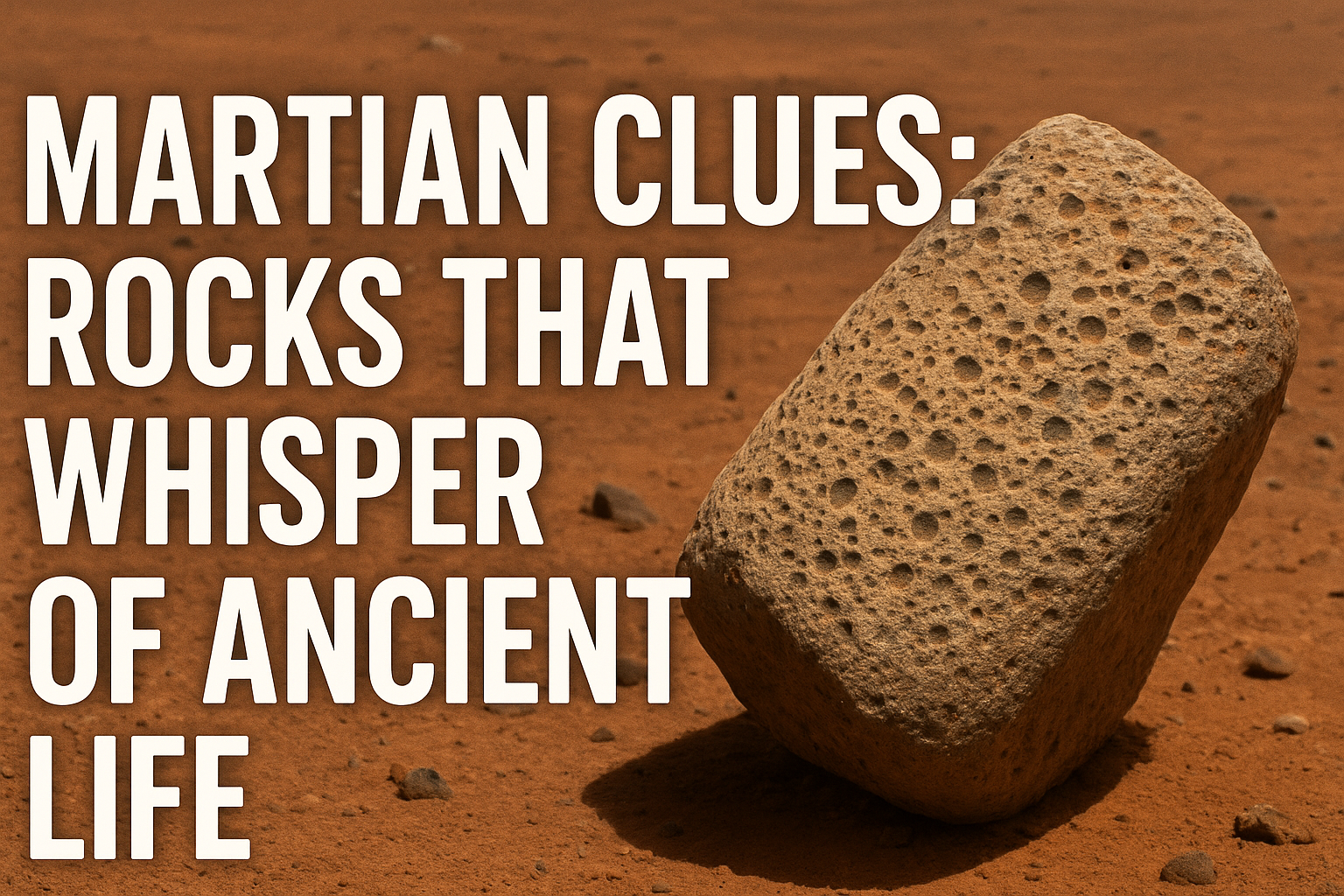
High on the red, windswept plains of Mars, a silent rover has once again stirred the oldest of human questions: Are we alone?
NASA’s Perseverance rover, which has been roaming the dusty terrain of Jezero Crater since 2021, recently uncovered rocks that may hold traces of ancient life. Found in a dry river valley called Neretva Vallis, these rocks are not just ordinary stones. They carry peculiar textures that scientists have likened to “poppy seeds” and “leopard spots.”
At first glance, these markings could be dismissed as geological quirks. But when researchers examined the data more closely, they realized something striking. The rocks are mudstones, formed from sediments that once settled in flowing water. Their spotted surfaces may be the fingerprints of microbial activity that occurred billions of years ago, when Mars was warmer, wetter, and more hospitable than it is today.
Sean Duffy, NASA’s acting administrator, described the discovery with a rare sense of excitement. “This very well could be the clearest sign of life that we’ve ever found on Mars,” he said, noting how extraordinary it is to witness such potential evidence after decades of searching.
The idea is tantalizing: microbes feasting on organic material, leaving behind minerals that became locked into stone. Yet, scientists are careful not to rush to conclusions. Nature has a way of imitating biology, and it remains possible that these spots were formed by non-living processes.
Joel Hurowitz, a planetary scientist at Stony Brook University who led the study, explained the challenge plainly. “The sample that we collected has all of the ingredients needed to address the question of whether or not life was responsible,” he said. For now, the rocks remain sealed aboard Perseverance, waiting for the chance to make their way to Earth.
That return journey, however, is steeped in uncertainty. NASA has long dreamed of a Mars Sample Return mission, an effort to bring Martian soil and rocks back to Earth for the kind of laboratory testing that could finally confirm the presence of life. But such an undertaking is expensive. Budget debates in Washington have already cast doubt on whether the mission will proceed in the near future. Some officials have even called the plan “unaffordable.
The stakes could not be higher. These rocks hold more than ancient dust; they may carry the story of whether life once bloomed on a world beyond our own. If the markings prove to be microbial fossils, humanity would confront a profound truth: Earth was not the only cradle of life in the cosmos.
For now, Perseverance continues its lonely trek across Mars, patiently drilling, storing, and photographing. Each sample collected is a time capsule, a fragment of a planet that once had rivers, lakes, and perhaps something more. The mystery endures, but with each rock studied, the possibility of answering that eternal question feels a little closer.





















